Casino Chips History: How It All Started
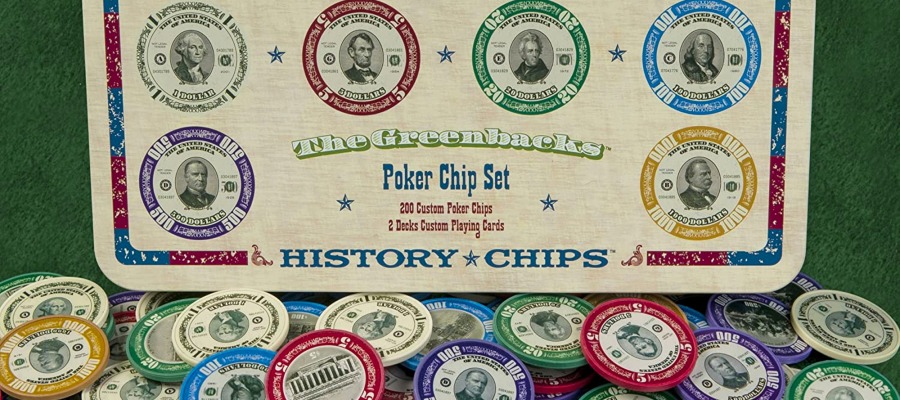
Collectors have had a special interest in vintage chips from the early days of gambling. Chips from long-gone casinos like El Rancho Vegas, which operated from the early 1940s to 1960, surely transport gamblers down memory lane. Las Vegas reinvents itself endlessly to keep loyal gamblers occupied. The feeling of the splashy, obtrusively bright, and showy mid-century look of the olden days’ casinos transcends to the gambling chips.
How and Where Were the First Casino Chips Made?
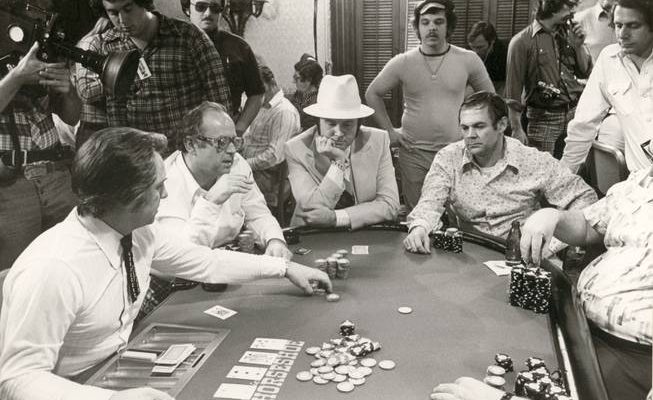
In the heydays of casinos, most gamblers used golden coins, gold nuggets, or sometimes gold dust as legal tender for gambling. Shortly, these nuggets and coins were replaced by chips. Of course, gambling chips were a better invention because they were handier and easier to manage and count. Chips were then made from wood, bone, or a mix of paper and clay. Gamblers could easily make counterfeits of these chips, which they add to their stacks for hassle-free cash-out. Soon, casinos discovered that lots of gamblers were constantly adding counterfeit chips to the stack. They started working hand in hand with various chip producers to design gambling chips that are unique to each casino. These unique designs were made from ivory or clay (which was the most popular). The clay casino chips manufactured by the US Playing Card Company. were the most expensive casino chips ever produced. They were made as round lithographs encapsulated in clay material. These chips also contain a seal with a special liquid. They were quite attractive at that time, and most casino chip producers endorsed them. As time went by, plastic chips became more common in the 1940s because they were cheaper to produce.
How Did Casino Chip Design Change?
Since the invention of gambling chips during the late 19th century, casino chips have evolved over the years. Individual casinos now decide the type of design they want for their casino chips. Each casino is distinct from the next one. They also differ in size or weight. Various chips come with the casino logo engraved on them. They also come in different colors that are peculiar to each casino. Online casinos are not left out of this; they also have different types of chips with unique colors and branding.
Do Vintage Chips Have Value? Where to Buy or Sell Them?
Antique poker chips manufactured from ivory with engraved images like the Suydam beehive are listed for $30 each. Other chips of pearl color have values of $15 to $20. The plastic ones from the 1950s are worth $3 to $8. Poker chips have little face value, and most of the time they have images imprinted on them, which can range from a portrait to objects such as cars or houses. They have no face value – players ascribe values to them by their colors. A complete set of poker chips for private or commercial usage, vintage or not, generally consists of 100 white, 50 red, and 50 blue chips.
On the other hand, casino chips are usually made of clay composite. They tend to carry the name of the casino, the city, and the state, and a face value is ascribed to them. They are treated like money at casinos, so they are often destroyed when removed from circulation. Others are cancelled by having a hole drilled into them, getting notched, or being over-stamped and then sold as souvenirs. For these reasons, vintage chips won or bought at a casino are uncommon and highly collectible, particularly the ones of higher denominations. Old Casino chips from high-class casinos that are no longer in business, like the Playboy Club in Atlantic City or the Dunes in Las Vegas, are the most sought-after. Unlike vintage poker chips, vintage casino chips are highly valued and could have a listed value as high as $50,000.
The easiest way to trade vintage chips is on the internet. Public auction sites like eBay are good markets for antique chips. A private website can also serve this purpose, but if you need a quick buck, then a pawn shop could be another option to consider. Chips could also be sold at a physical auction. This seems to be the best option because, at dedicated auctions, collectors are aware of the value of chips, and a bidding war between myriads of buyers can push up the price.
The Most Expensive Vintage Casino Chips
Even though it doesn’t happen every day, collectible casino chips can achieve sums well in excess of their face value. Just like other collectibles, scarcity drives demand. Aside from age and location, casino chip collectors keep other attributes in mind, such as design and the type of inlay. At least one old chip is known to have survived from the Golden Goose, and it sold for $3,000 at an auction in 1996. At the 2014 convention, a $5 chip from the Golden Goose was also sold for $75,000 and a $5 chip from the Lucky Casino was sold for $52,500.
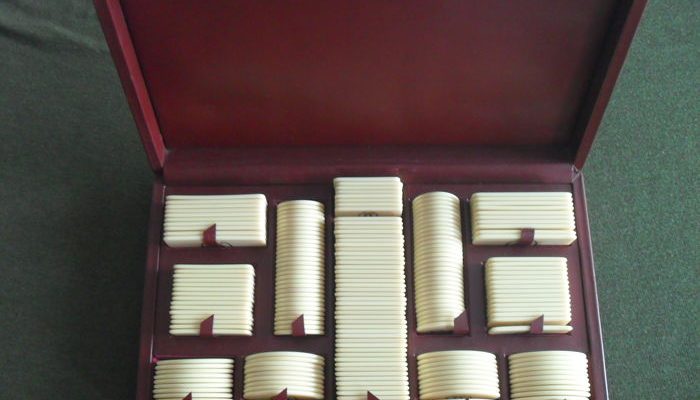
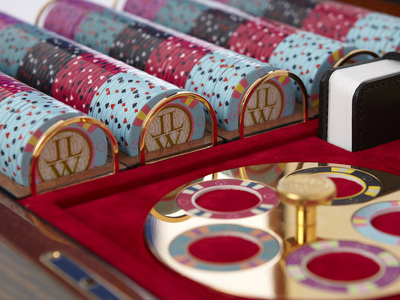
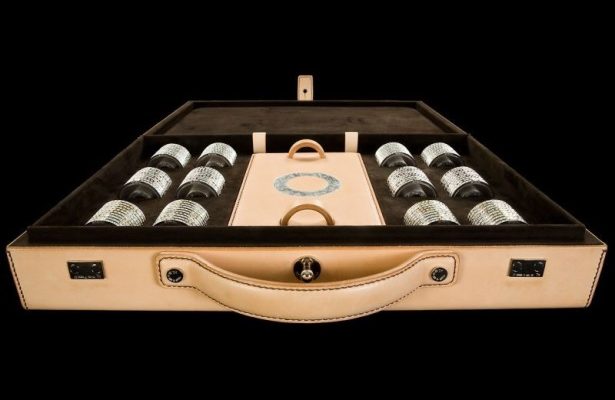
Conclusion
Though antique casino chips have lost their payout power at designated casinos, collectors are not just interested in their face value. They are valued based on their connection to a time when casinos were not common and the majority were in Nevada. When a typical casino floor was packed with businessmen in ritzy tuxedos and dainty ladies in evening gowns on every side of the high-roller tables, that Vegas is gone for sure, but vintage casino chips help keep that beguiling era alive and keep collectors singing “Viva Las Vegas” as they look through auction brochures and muse on their bids.